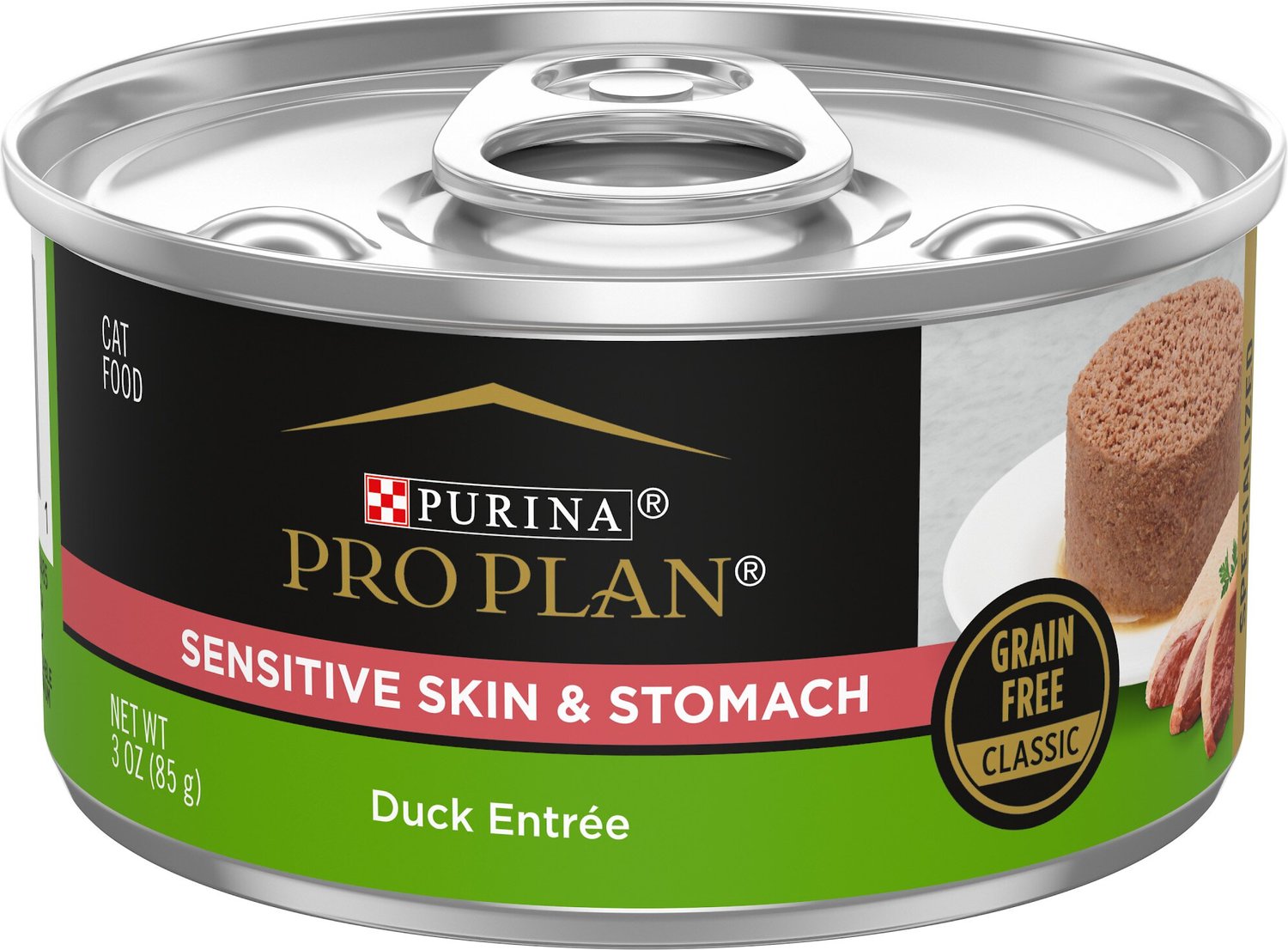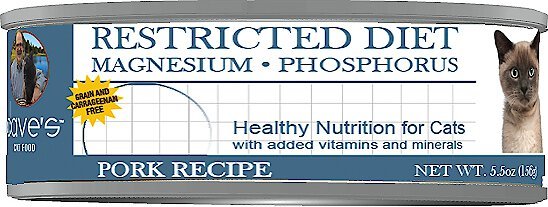Sportmix Original All Life Stages 30/10 Chicken Formula Dry Cat Food
Sportmix Premium Cat Food is formulated to ensure 100% complete and balanced nutrition for your cat. You may feed it as dry cat food or added with water to create moist cat food according to your pet’s preference.
Sportmix Premium Cat Food is formulated to ensure 100% complete and balanced nutrition for your cat. You may feed it as dry cat food or added with water to create moist cat food according to your pet’s preference.
- Formulated to ensure 100% complete and balanced nutrition for your cat
- Supplies essential nutrients needed to promote strong muscles and bones, a glossy coat and bright eyes
- Formulated to meet the nutrition levels established by the AAFCO Dog Food Nutrient Profiles for all life stages
- May be fed as dry cat food or added with water to create moist cat food according to your pet’s preference
100% Customer Satisfaction Guaranteed or bring the unused portion with receipt back for a full refund.
Additional information
| Country of Origin | Made in USA |
|---|---|
| Breed Size | Extra Small, Small, Medium, Large, Extra Large |
| Flavor | Chicken |
| Health Features | Muscle Health, Bone Health, Vision Health |
| Indoor/Outdoor | Indoor and Outdoor |
| Kibble Size | Bite Size |
| Life Stage | All Life Stages |
| Primary Flavor | Chicken |
| Special Diets | Nutrient Enriched, AAFCO Formulated |
| Warranty | 100% Customer satisfaction guaranteed or bring back the unused portion to the store and receive a full refund. |
| Packaged Height | 38 in. |
| Packaged Length | 48 in. |
| Packaged Width | 40 in. |
| Manufacturer Part Number | 2100039 |











by Janet
Our cats love this food
by Cande
Good food and my cats like it
by Blondie
I bought this for my chickens because they’re molting and need more protein in their diet! Nice bang for your buck!